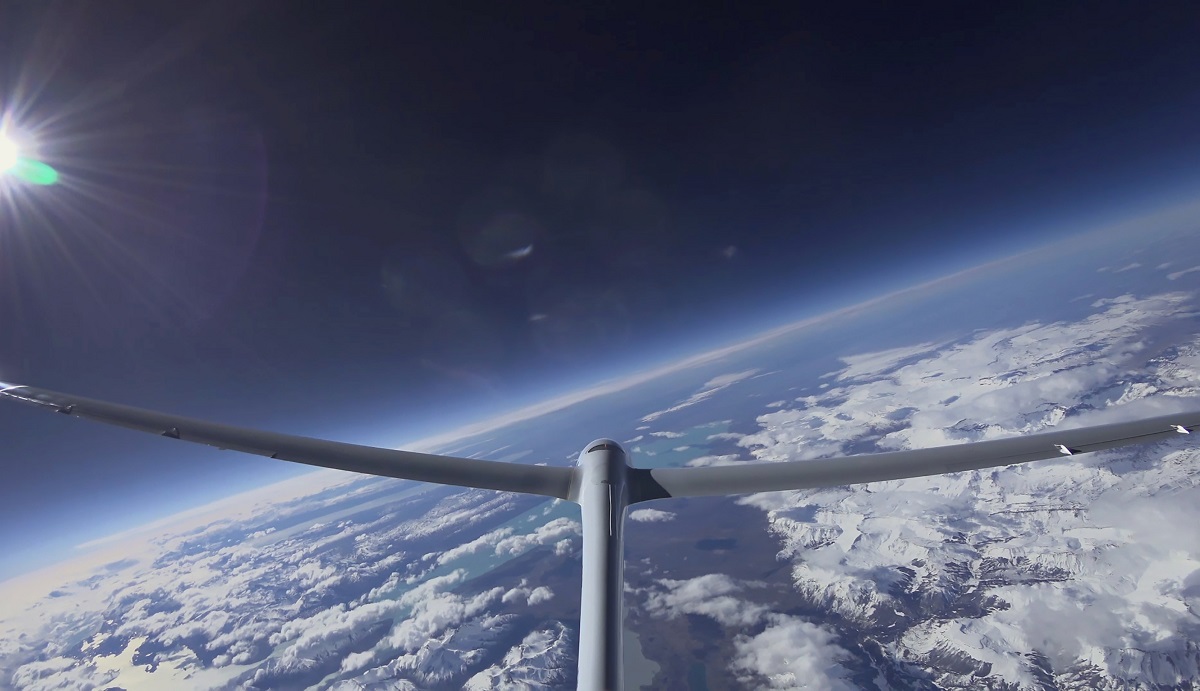

“The sun was barely up and the sky did not show much sign of promise of wave. “We pushed the Perlan 2 out of hangar into -4º C air with our Clouddancer covers on due to the cold,” said the team’s blog. And a team effort it was, with persistent, imaginative flying from the two pilots on board and key information being fed to them by the ground crew.įromt the way the team tells it, it seemed an unlikely outcome when they launched with a mediocre forecast for gliding conditions… but they persevered. and Argentina.54,000 feet in a glider! A new record! That’s what the Airbus-supported Perlan glider team of volunteers currently based in Argentina achieved at the weekend. This season, Perlan 2 is flying with experiments developed by The Perlan Project’s science and research committee, as well as projects created in collaboration with organizations and schools in the U.S. The experiments carried aloft in its instrument bay are yielding new discoveries related to high-altitude flight, weather and climate change. Unlike powered research aircraft, Perlan 2 does not affect the temperature or chemistry of the air around it, which the company explains as making it an ideal platform to study the atmosphere. For commercial flights, following lines of rising air would allow faster climbs and save fuel, while also helping aircraft avoid dangerous phenomena such as wind shear and severe downdrafts.
An onboard wave visualization system that graphically displays areas of rising and sinking air in cockpits. Airbus describes it as is the lightest and most efficient system for a sealed cabin, and its design has applications for other high-altitude aircraft A closed-loop rebreather system, in which the only oxygen used is what the crew metabolizes. A carbon-fiber capsule with a unique high-efficiency, passive cabin pressurization system that eliminates the need for heavy, power-hungry compressors. Operated by AV Experts, LLC, and flown by chief pilot Arne Vasenden, the Egrett released Perlan 2 at around 42,000 feet, the approximate service ceiling of an Airbus A380.īuilt in Oregon and home-based in Minden, Nevada, the Perlan 2 glider incorporates a number of innovations to enable its mission, including: During last week’s 62,000-foot flight, Perlan 2 was towed to the base of the stratosphere by a Grob Egrett G520 turboprop, a high-altitude reconnaissance plane that was modified for the task earlier this summer. “This is a tremendous moment for all the volunteers and sponsors of Airbus Perlan Mission II who have been so dedicated to making our non-profit aerospace initiative a reality,” said Ed Warnock, CEA of The Perlan Project.Īnother first-of-its kind achievement this year for the Perlan Project, explains Airbus, was the use of a special high-altitude tow plane rather than a conventional glider tow plane. The 2017 record broke a previous record that was set in 2006, in the unpressurized Perlan 1, by Perlan Project founder Einar Enevoldson and Steve Fossett. The first major Perlan glider altitude world record was set at this location on September 3, 2017, when Jim Payne and Morgan Sandercock pushed it to 52,221 feet GPS altitude in the same remote region of Patagonia. Nestled within the Andes Mountains in Argentina, the area around El Calafate is one of those rare locations where these rising air currents can reach to 100,000 feet or more. The Perlan 2 is engineless and weighs just 1,500 pounds, taking advantage of the mountain winds. For comparison, the U-2 is powered by an engine that generates 17,000 pounds of thrust. Air Force’s U-2 Dragon Lady reconnaissance aircraft: 73,737 feet, flown by pilot Jerry Hoyt on April 17, 1989. 
The 76,124-foot record-setting Perlan 2 flight surpasses even the maximum altitude in level flight of the U.S. The Perlan 2 is designed to soar up to 90,000 feet and the team will continue to pursue higher altitude flights as weather and winds permit through the middle of September.

Then during a September 2 flight, pilots Jim Payne and Tim Gardner took the Perlan 2 glider to 76,124 feet. The Perlan 2 team went higher on August 28, as Jim Payne and Miguel Iturmendi reached 65,600 feet. This altitude record crossed the Armstrong Line, a point in the atmosphere above which an unprotected human’s blood will boil if an aircraft loses pressurization.







 0 kommentar(er)
0 kommentar(er)
